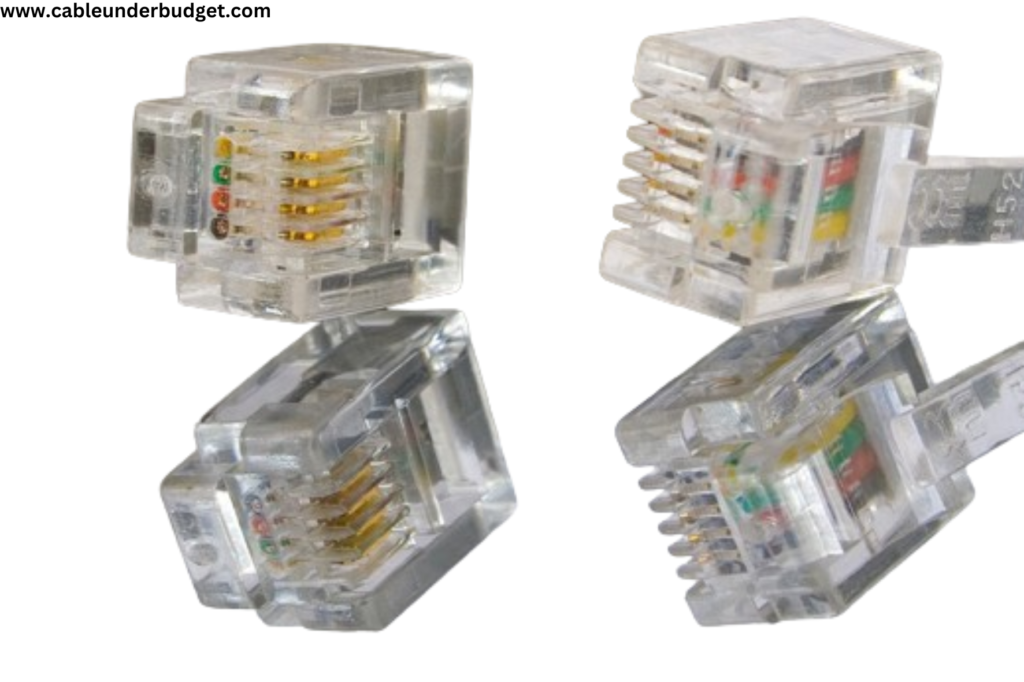Contents
Introduction
In the world of electrical wiring, two primary types of wires dominate the scene: solid wire and stranded wire. Each has its own unique characteristics, applications, and benefits. Understanding the difference between solid wire and stranded wire can help you make an informed decision when embarking on electrical projects. Let’s delve into the details of solid wire and stranded wire to determine which one might be the best fit for your needs.

What is Solid wire?
Solid wire is a type of electrical wire that consists of a single piece of metal, usually copper or aluminum, running through its entire length. It’s characterized by its straightforward construction, where a single conductor is encased in insulation material. This type of wire is commonly used in electrical wiring for both residential and industrial purposes.
Construction
Solid wire is composed of a single piece of metal, typically copper or aluminum, which runs through the entire length of the wire. It is known for its straightforward construction, consisting of a single conductor encased in insulation material.
Applications
Solid wire is commonly used in residential electrical wiring, as well as in industrial settings where permanence and stability are paramount. It is ideal for fixed installations where the wire will not be subject to frequent bending or movement.
Strengths and Weaknesses
One of the main advantages of solid wire is its simplicity, which often translates to lower manufacturing costs. However, its rigidity can also be a drawback, as it lacks the flexibility of its stranded counterpart. Solid wire is prone to breakage when bent repeatedly, making it less suitable for applications that require frequent movement or flexing.

What is Stranded wire?
Stranded wire is an electrical wire composed of multiple strands of metal wire twisted or braided together. Unlike solid wire, which consists of a single piece of metal, stranded wire offers greater flexibility and durability due to its construction. This flexibility makes it ideal for applications where the wire needs to withstand bending or movement without breaking. Stranded wire is commonly used in various industries, including automotive, electronics, and telecommunications.
Construction
Unlike solid wire, stranded wire is composed of multiple strands of metal wire twisted or braided together. This construction allows for greater flexibility and durability compared to solid wire.
Applications
Stranded wires finds widespread use in applications where flexibility is essential, such as in vehicles, appliances, and electronic devices. Its ability to withstand repeated bending and movement makes it the preferred choice for projects that require a high degree of flexibility.
Strengths and Weaknesses
The primary advantage of stranded wire lies in its flexibility, which makes it less prone to breakage and fatigue compared to solid wire. However, this flexibility comes at a cost, as stranded wire tends to be more expensive to manufacture due to its intricate construction.
Related Post
What is the difference between Cable and Wire
What is the difference between Cat6 and Cat6a Cable
What is the difference between Cat7 and Cat8 cable
Difference between Solid Wire and Stranded Wire
1. Construction:
Solid Wire: Solid wires are comprised of a single, continuous conductor, typically made of copper or aluminum. This design offers stability and consistent electrical conductivity, making it suitable for stationary applications.
Stranded Wire: In contrast, stranded wires are consists of multiple smaller strands of wire twisted or braided together. This construction enhances flexibility and durability, making stranded wire ideal for applications requiring frequent movement or bending.
2. Flexibility:
Solid Wire: Solid wires are relatively rigid and inflexible, making it less suitable for applications that require bending or flexing. Excessive bending of solid wire can lead to stress fractures or breakage.
Stranded Wire: Due to its multiple-strand construction, stranded wire offers superior flexibility and resilience. It can bend and flex more easily without risking damage to the conductor, making it ideal for dynamic environments.
3. Strength:
Solid Wire: Solid wire provides robust support and resistance to deformation, making it suitable for applications where stability is crucial. Its single-strand construction offers structural integrity and durability.
Stranded Wire: The intertwined strands of stranded wire distribute stress more evenly across the conductor, reducing the risk of fatigue and failure. This enhances the overall strength and durability of stranded wire, particularly in environments with vibration or movement.
4. Application:
Solid Wire: Solid wires are commonly used in applications where the wire will remain stationary and experience minimal movement. It’s often employed in outlets, switches, and other fixtures requiring stable electrical connections.
Stranded Wire: Stranded wires are preferred for applications that involve frequent movement or bending, such as automotive wiring, robotics, or portable electronic devices. Its flexibility and durability make it well-suited for dynamic environments.
5. Cost:
Solid Wire: Solid wires tends to be more economical compared to stranded wires. Its simpler manufacturing process and single-strand construction contribute to lower production costs.
Stranded Wire: While stranded wire may have a higher upfront cost, its enhanced flexibility and durability can lead to long-term savings by reducing maintenance and replacement expenses.

Which One is Better?
The choice between solid wire and stranded wire ultimately depends on the specific requirements of your project. If you need a wire for a fixed installation where flexibility is not a concern, solid wire may be the more economical option. However, if your project involves applications that require flexibility and resilience, stranded wire is likely the better choice.
Conclusion:
In conclusion, both solid wire and stranded wire have their own unique advantages and applications. Solid wire offers stability and cost-effectiveness, making it suitable for stationary installations. On the other hand, stranded wire provides superior flexibility and durability, making it ideal for dynamic environments. When choosing between the two, it’s essential to consider the specific requirements of your project and select the option that best meets your needs.

